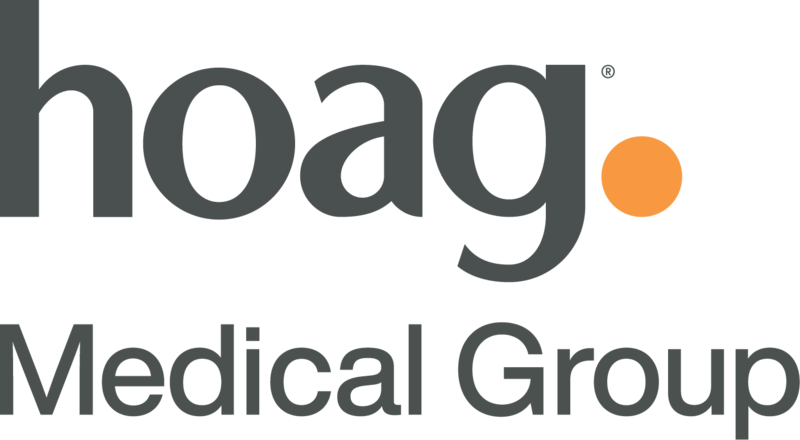
While stroke is the fifth-leading cause of death and the leading cause of long-term disability, 80 percent of strokes are preventable, said the program director of Hoag’s Stroke Program.
Hoag is a national leader in treating stroke, which occurs when blood flow to the brain is disrupted or blocked, either by a blocked artery or a burst blood vessel, said David M. Brown, M.D., a fellowship trained neurologist, lecturer and active researcher.
Dr. Brown offers these tips to lower your risk of stroke:
Understand your risk: The first step to lowering your risk is to understand your risk. Hoag has worked with the American Stroke Association to develop a stroke risk scorecard (en Español), which you can use to discuss your risk and prevention methods with your doctor.
Reduce your risk: Improving your overall health can reduce your risk of stroke. Among the most important steps you can take are to:
- See your primary care physician (PCP). A wellness visit can uncover whether you have risk factors such as high blood pressure, high cholesterol and/or atrial fibrillation, an irregular heartbeat which is associated with 15 to 20% of ischemic strokes. Your PCP can work with you to lower your risk through diet, exercise and, if necessary, medication.
- Quit smoking. You don’t need a doctor to tell you that smoking is harmful to your health, but you might not know that smoking doubles a person’s risk for stroke – meanwhile, your risk drops significantly within one year of crushing out your last cigarette. If you smoke or vape, stop. Hoag’s smoking cessation program partners with people taking this important step. To learn more, call 949-764-5511.
- Manage your diabetes. People with diabetes are two to four times more likely to have a stroke than those who do not have diabetes. Lower your risk by keeping your blood glucose (sugar), blood pressure and cholesterol under control through intentional meal planning, exercising and proper medication. The closer you are to your target levels in these areas, the better your chances of preventing a stroke. To learn more, reach out to Hoag’s diabetes program at 949-764-8065.
- Move your body. Find something you enjoy – walking, biking, gardening – and work it into your life for at least 2 ½ hours each week. Just this amount of mild to moderate exercise can reduce your risk of fatal disease including stroke.
“When we say that time is the most important factor in addressing a stroke, we are talking about the time it takes between identifying the signs of stroke and using the most advanced interventions to try to reverse the damage caused by stroke,” Dr. Brown said.“But time is also a factor in stroke prevention. It takes time to make lifestyle changes that lower a person’s risk. Our goal at Hoag is to work with people to encourage and empower them on that journey.”
Know what to do: A stroke requires immediate attention, so if you experience the following symptoms, BE F-A-S-T.
- BALANCE – Sudden loss of balance or dizziness
- EYES – Sudden blurred vision or loss of vision
- FACE – Sudden facial droop or uneven smile
- ARM – Sudden arm weakness or numbness
- SPEECH – Sudden slurred speech; sudden difficulty speaking or understanding
- TIME – Call 911 and get to the hospital immediately
“Time is the most important element of the BE FAST model,” Dr. Brown said. “Time loss is brain loss, so we would like to make sure that everyone recognizes the signs of stroke and knows how to act upon them.”
For members of the community, action means dialing 9-1-1. For Hoag’s dedicated, multidisciplinary acute stroke response team, to BE FAST means to act quickly within a comprehensive, and well-trained team.
Hoag Stroke Program ranks among the top five percent in the nation and has been awarded the American Stroke Association’s Get With The Guidelines Stroke Gold Plus Performance Achievement for Hoag’s continued high standard of stroke care.
Learn more about Hoag’s stroke program.









